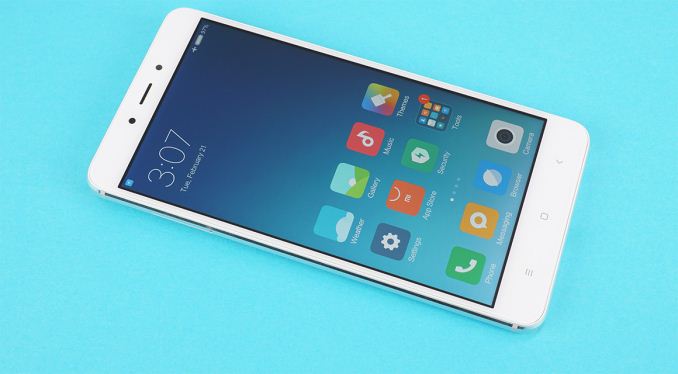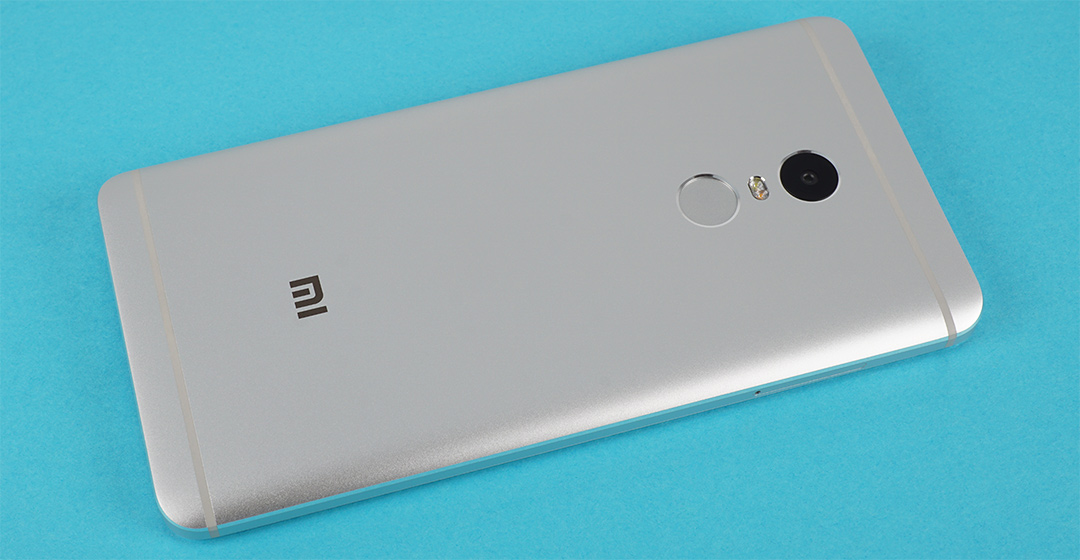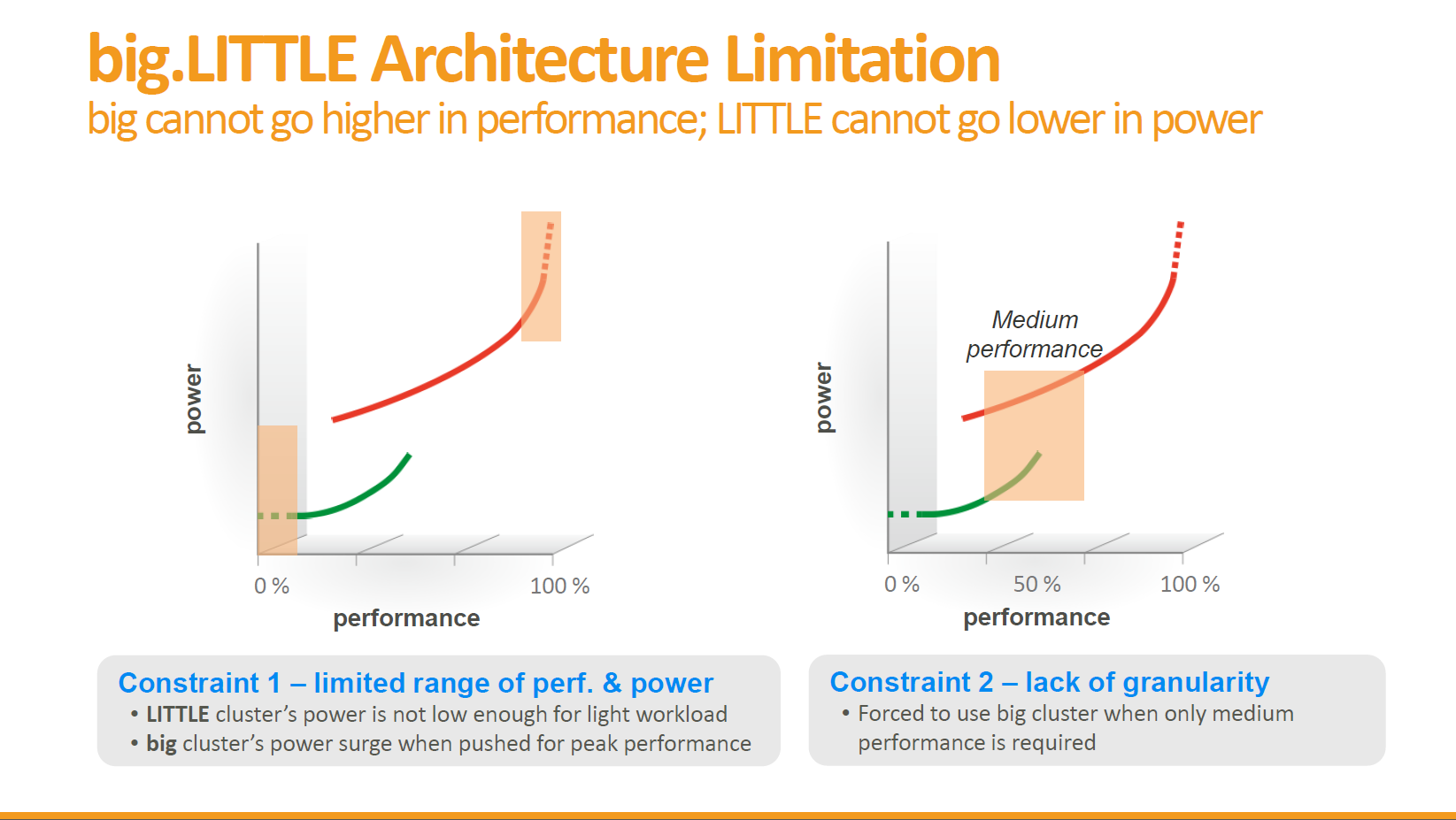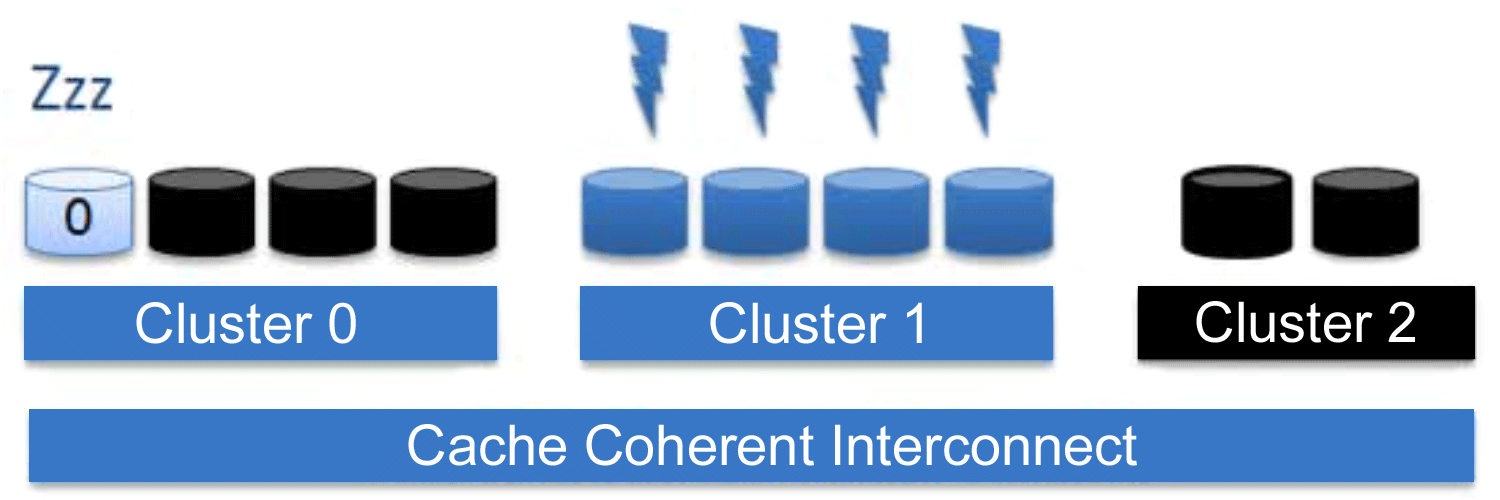Performance & Battery Life Report: Xiaomi Redmi Note 4 with MediaTek Helio X20
by Matt Humrick on February 23, 2017 7:00 AM EST- Posted in
- Smartphones
- Mobile
- Xiaomi
- MediaTek
- Helio X20
- Redmi Note 4

As a member of Xiaomi’s more affordable Redmi series, the Note 4 does not have a curved screen, a ceramic body, or the latest flagship hardware like Xiaomi’s more expensive models, but it does pack a 5.5-inch IPS LCD display, a rear-mounted fingerprint sensor, and a 13MP camera with PDAF into a solid-feeling aluminum chassis. This report is more concerned with its internal hardware, however, focusing on the Redmi Note 4’s system performance, gaming performance, and battery life.
We previously reviewed Xiaomi's Redmi Note 3 Pro, the international version with a Qualcomm Snapdragon 650 SoC. Its big.LITTLE combination of two Cortex-A72 and four A53 CPU cores delivered excellent performance well above its low-priced competitors and their octa-core A53 SoCs. While the lower-power, in-order A53 core performs well enough over a range of light to moderate workloads, it falls far short of its bigger brother when dealing with more complex tasks such as rendering Web pages. Pairing the Snapdragon 650 with a large 4050mAh battery also gave the Redmi Note 3 Pro good battery life, with 12 hours of screen-on-time in our Wi-Fi browsing test.
Like previous Notes, the Redmi Note 4 comes in two different versions. The international version comes with a Snapdragon 625 SoC, an octa-core A53 configuration built on the 14nm LPP FinFET process with all eight cores reaching up to 2.0GHz. We'll be taking a look at the Chinese version, however, which comes with a MediaTek Helio X20 SoC and three different memory/storage configurations: 3GB/64GB, 3GB/32GB, and 2GB/16GB. The international version tops out at 4GB/64GB, retains the 3GB/32GB configuration, and offers more internal storage in the base model at 2GB/32GB. Both versions support microSD cards for storage expansion, though.
The Helio X20 version’s software is also specific to China, with preinstalled apps that cater to this market, some of which stand in for Google apps and services that are not installed by default. It's also not uncommon for region-specific ROMs to differ in performance as well as features, catering to the demands of local users.
| Xiaomi Redmi Note 4 Series | ||
| Xiaomi Redmi Note 4 (China) |
Xiaomi Redmi Note 4 (International) |
|
| SoC | MediaTek Helio X20 (MT6797) 2x Cortex-A72 @ 2.1GHz 4x Cortex-A53 @ 1.8GHz 4x Cortex-A53 @ 1.4GHz ARM Mali-T880MP4 @ 700MHz |
Qualcomm Snapdragon 625 (MSM8953) 4x Cortex-A53 @ 2.0GHz 4x Cortex-A53 @ 2.0GHz Adreno 506 |
| Display | 5.5-inch 1920x1080 IPS LCD | |
| Dimensions | 151.0 x 76.0 x 8.35 mm 175 grams |
151.0 x 76.0 x 8.45 mm 165 grams |
| RAM | 3GB / 2GB LPDDR3-1866 | 4GB / 3GB / 2GB LPDDR3 |
| NAND | 64GB / 32GB / 16GB (eMMC 5.0) + microSD |
64GB / 32GB (eMMC 5.0) + microSD |
| Battery | 4100 mAh (15.79 Wh) non-replaceable |
|
| Modem | MediaTek (Integrated) 2G / 3G / 4G LTE (Category 6) FDD-LTE / TD-LTE / TD-SCDMA / WCDMA / CDMA / GSM |
Snapdragon X9 LTE (Integrated) 2G / 3G / 4G LTE (Category 7/13) FDD-LTE / TD-LTE / WCDMA / GSM |
| SIM Size | NanoSIM + MicroSIM (dual standby) | |
| Wireless | 802.11a/b/g/n/ac, BT 4.2, IrLED, GPS/Glonass/BDS | 802.11a/b/g/n, BT 4.1, IrLED, GPS/Glonass/BDS |
| Connectivity | microUSB 2.0, 3.5mm headset | |
| Launch OS | Android 6.0 with MIUI 8 | |
| Software Version Tested | Android 6.0 MIUI 8 (6.12.22) |
- |
The MediaTek Helio X20 stands out for being the first SoC to use 10 CPU cores arranged in a Max.Mid.Min tri-cluster configuration. The Max cluster contains 2 A72 cores that provide a burst of performance for heavier tasks and improve overall responsiveness. The Mid cluster uses 4 A53 cores with a max operating point of 1846MHz that consume less power than the more complex A72 cores but still offer a reasonable level of performance for common workloads. The Min cluster also contains 4 A53 cores but they only ramp up to a max frequency of 1391MHz, and are intended for light workloads or background tasks where power efficiency is more important than performance.
It’s best to think of the three CPU clusters like gears in a car. If you want to go faster or need more torque because a heavy load is placed on the engine, like climbing a hill, you select a different gear. Likewise, when you’re just cruising down the freeway at a constant speed, you shift into overdrive to maintain your speed and improve fuel efficiency.
MediaTek’s CorePilot 3.0 software is responsible for selecting the right gear, its scheduler shifting threads between CPU clusters and working with the CPUFreq framework to adjust CPU frequency to achieve the right balance between performance and power consumption. CorePilot increases the sampling rate for adjusting CPU frequency, a method it calls Fast DVFS, so the system can respond more quickly to changes in load.
CorePilot also includes a feature called iCore that modifies the kernel’s CPU hotplug mechanism. A system always needs at least one CPU active to handle critical tasks like interrupt handling and running the operating system. By default the Linux kernel reserves CPU0 for this task, which in the case of the X20 is the first physical CPU in the Min cluster; however, keeping CPU0 and its cluster active at all times unnecessarily increases power consumption for the X20’s tri-cluster design. The iCore feature solves this problem by migrating the tasks statically assigned to CPU0 to a CPU in the Mid cluster, allowing the Min cluster to power down when not needed.
The Helio X20 uses MediaTek’s Coherent System Interconnect (MCSI) to provide hardware-based cache coherence, enabling faster thread migration between CPU clusters. The 2x32bit 933MHz LPDDR3 memory interface cannot provide the same amount of bandwidth as the LPDDR4 memory systems in current flagship phones, but it should be sufficient for the modest Mali-T880MP4 GPU.
Until now, the Meizu Pro 6 was the only device we tested that employed MediaTek’s tri-cluster approach. Its Helio X25 SoC is the same as the X20, but uses higher peak frequencies (2.52GHz / 2.00GHz / 1.55GHz) for the Max, Mid, and Min CPU clusters, respectively. Unfortunately, the Meizu Pro 6 performed poorly in our initial tests. A closer analysis revealed that the Pro 6 was not migrating threads to its two A72 cores under heavier loads like it should, effectively behaving and performing more like a device with an octa-core A53 CPU arrangement. While it’s unfortunate that Meizu would ship a product in this condition, it did eventually adjust CorePilot’s load threshold values to allow proper thread migration, which we noticed after retesting the Pro 6 with Flyme OS 5.2.5.0G. If anything, this experience highlights the important role OEMs play in tuning the software parameters that control a device’s CPU scheduling and DVFS systems, customizing the balance between performance and power consumption.
Now it’s time to see how the Xiaomi Redmi Note 4 and its Helio X20 SoC fare in our performance and battery life tests. Will it utilize its big cores effectively and be able to match the performance of the Redmi Note 3 Pro and other, higher-cost phones? Will its large 4100mAh battery keep it chugging along or will SoC or display inefficiencies reduce battery life? How will its scores compare to the updated results for the Meizu Pro 6 and its higher clocked X25 SoC?














34 Comments
View All Comments
serendip - Thursday, February 23, 2017 - link
Isn't there a new Redmi Note 4 variant with a Snapdragon 625? XDA reviewed that, comparing it with the older 652-based Note 3 and found that the newer phone was slightly slower but had even better battery life.As for Mediatek... They're serial violators of the GPL, enough said.
BMNify - Thursday, February 23, 2017 - link
Snapdragon version is being sold in India and Mediatek version is being sold in China.h0007h - Friday, February 24, 2017 - link
625 version is also sold in China, which is named Redmi Note4Xjospoortvliet - Monday, February 27, 2017 - link
It seems the Mediatek is at least a big part of the reason for the lower battery life, GPL violations and resulting lack of support longevity aside. That the 625 is slower with longer battery life makes sense given its octa core a53. Dropping the higher performing a72's for more but slower a53's is not a step forward unless all you care about is battery life...djayjp - Thursday, February 23, 2017 - link
Wish the OnePlus 3T was in all the benchmark results, not just the storage ones....Lodix - Thursday, February 23, 2017 - link
Matt the X20 is a lower binmed SOC so it has worse thermals and power consumption compared to the higher binned X25.Matt Humrick - Thursday, February 23, 2017 - link
Even if the X25's A72 cores could reach 2.5GHz at the same voltage as the X20's at 2.1GHz, the X25's A72 dynamic power would still be higher based on the increase in frequency. While I would need a measurement to confirm this, I suspect that with a mature 20nm planar process that the X25 would need additional voltage to hit 2.5GHz. The Meizu Pro 6's operating table (which usually are not 100% accurate) at least suggests the X25's voltage is higher.In order for the X20 to consume more power and produce more heat than the X25 as you suggest (at least for the big CPU cores), the X25's A72 cores would need both a 19% increase in frequency and an 8% reduction in voltage, which seems unlikely.
zodiacfml - Thursday, February 23, 2017 - link
Nice. I can't wait for the X30.dexterkarthik - Thursday, February 23, 2017 - link
Redmi Note 4 international variant is a joke.I doesn't have the dual WiFi band as the RN3, downgraded camera pixel count, downgraded CPU and GPU (redmi3s is >90% a RN4 for almost half the price in India).
I love this strategy to an extent since it makes me feel happy to own the RM3 for getting 3/4th OnePlus 3 performance for 1/3rd price and since most run behind core count and "LATEST" version, RN3 will start getting discounts and sale, etc :D .
WPX00 - Friday, February 24, 2017 - link
The SD625 is a more significant bump to the 617 or 430 than you might expect. GPU is 2-2.5x more powerful, its 14nm process is 35% more efficient, and the CPU is 1.5-2x more powerful thanks to the greater thermal headroom 14nm brings. It is a massive leap forward, in my opinion, a more significant leap than the jump from quad to octa (410 to 61x series).